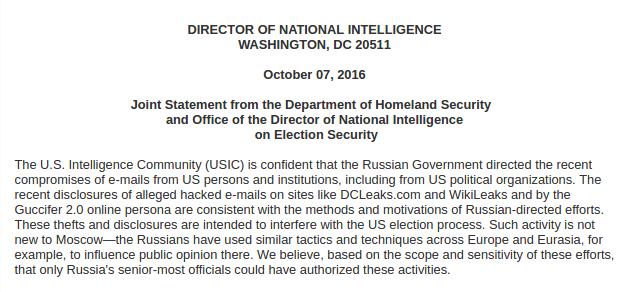The idea to write this post came from investigating multiple cases of infections in computers because of the ubiquitous Exploit Kits (EK). A visit to a website that apparently should not carry any risk ended with the user calling the security service because he could not open his files and said that an image appeared on the screen asking him for money to recover his data. And in other cases not even that, because he had become infected with a RAT or a banking Trojan and was not aware of it.
There are simple redirection methods that are implemented directly on the web server. They are options that allow to manage the visits to this website and adapt its behavior to the preferences or characteristics of the visitors.

 The widespread use of devices connected to the network, such as cars, medical equipment, industrial controllers (PLCs), appliances, etc., has brought with it a new and extremely vulnerable landscape.
The widespread use of devices connected to the network, such as cars, medical equipment, industrial controllers (PLCs), appliances, etc., has brought with it a new and extremely vulnerable landscape. The SVR (Sluzhba Vneshney Razvedki) was the first heir of the KGB with its own entity, inheriting the attributions of the First General Directorate; is responsible for Russian foreign intelligence, providing the national authorities with intelligence that can benefit Russia in different areas that have evolved from the military and defense (especially the 1990s) to technological, industrial, scientific and economic areas. To achieve this goal the SVR is based primarily on HUMINT capabilities, both open and clandestine, theoretically relying on the GRU -which we will see in a coming post- for its signals intelligence needs.
The SVR (Sluzhba Vneshney Razvedki) was the first heir of the KGB with its own entity, inheriting the attributions of the First General Directorate; is responsible for Russian foreign intelligence, providing the national authorities with intelligence that can benefit Russia in different areas that have evolved from the military and defense (especially the 1990s) to technological, industrial, scientific and economic areas. To achieve this goal the SVR is based primarily on HUMINT capabilities, both open and clandestine, theoretically relying on the GRU -which we will see in a coming post- for its signals intelligence needs. It is not the first time that USA launches accusations of this caliber, it did so when it accused China of stealing trade secrets in 2014. An accusation of this kind could involve, officially or unofficially, attacks on Russian IT infrastructures that posed a headache for Putin and his allies.
It is not the first time that USA launches accusations of this caliber, it did so when it accused China of stealing trade secrets in 2014. An accusation of this kind could involve, officially or unofficially, attacks on Russian IT infrastructures that posed a headache for Putin and his allies. 
